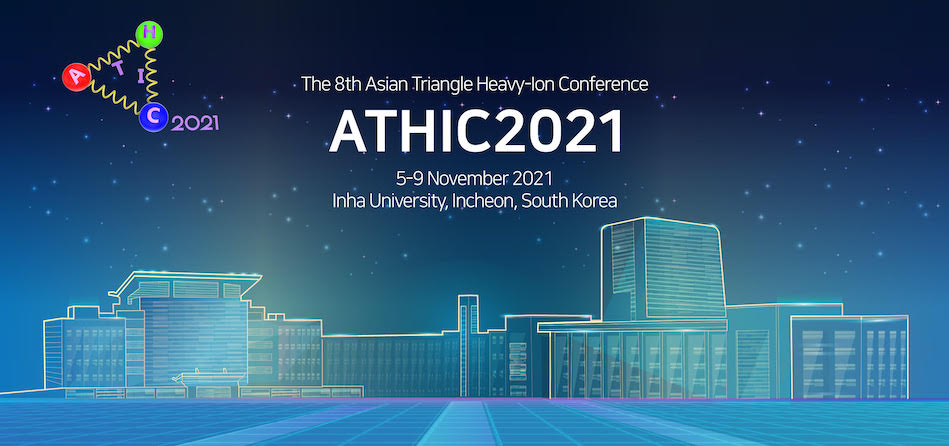Speaker
Description
Non-central heavy-ion collisions produce a large angular momentum that leads to vorticity of the created system.
Due to the spin-orbit coupling, spin directions of particles are aligned with the orbital angular momentum of the system.
Global polarization of $\Lambda$ and $\overline{\Lambda}$ hyperons has been measured in Au+Au collisions from $\sqrt{\rm{s_{NN}}}$ = 7.7 GeV to 200 GeV.[1,2]
The STAR fixed target program provides an opportunity to extend such measurements at even lower energies.
Additionally, $\Lambda$ global polarization is also influenced by magnetic field at the initial stage. It would be interesting to investigate such a effect towards lower beam energies.
In this talk, measurement of global polarization of $\Lambda$ hyperons in Au+Au collisions at $\sqrt{s_{\rm{NN}}}$ = 7.2 GeV with the fixed-target configuration is reported and compared with the results at other collision energies.
[1]L. Adamczyk et al.(STAR), Nature 548 62 (2017).
[2]J. Adam et al.(STAR), Phys. Rev. C 98 14910 (2018).
